The Different Grades of Tea and What They Mean
Ah, tea—the magical elixir that fuels humanity’s mornings, soothes our evenings, and occasionally makes us feel like we’re starring in a Victorian drama. But let’s face it: tea is confusing. You walk into a tea shop, ready to grab a box of something leafy and delicious, and suddenly you’re confronted with words like “Broken Orange Pekoe” and “Dust.” Dust? Are we drinking dirt now? Fear not, dear tea enthusiast! Today, we’re diving into the quirky world of tea grades, so you can sip with confidence—or at least fake it at your next fancy brunch.
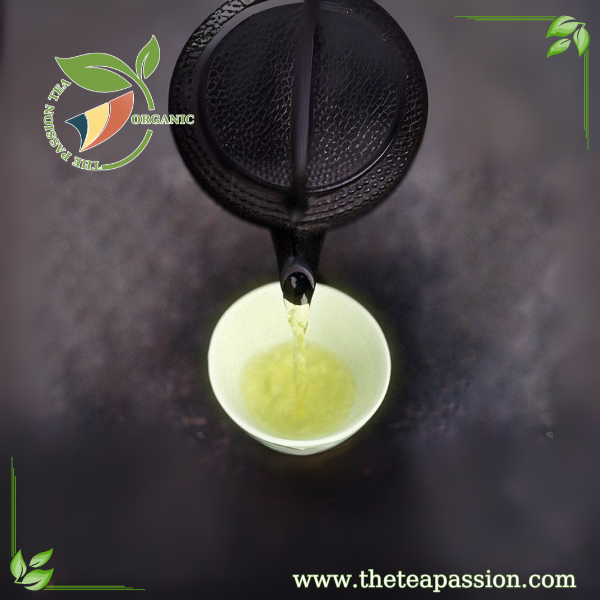
What Are Tea Grades Anyway?
Tea grading is basically the tea industry’s way of saying, “Hey, this leaf is fancier than that leaf.” It’s a classification system used for black tea (and occasionally other types) to describe the size and quality of the tea leaves. But don’t be fooled—these grades don’t necessarily tell you how good the tea tastes. They’re more about the leaf’s appearance and processing style. In other words, it’s less “Michelin-star review” and more “leaf beauty contest.”
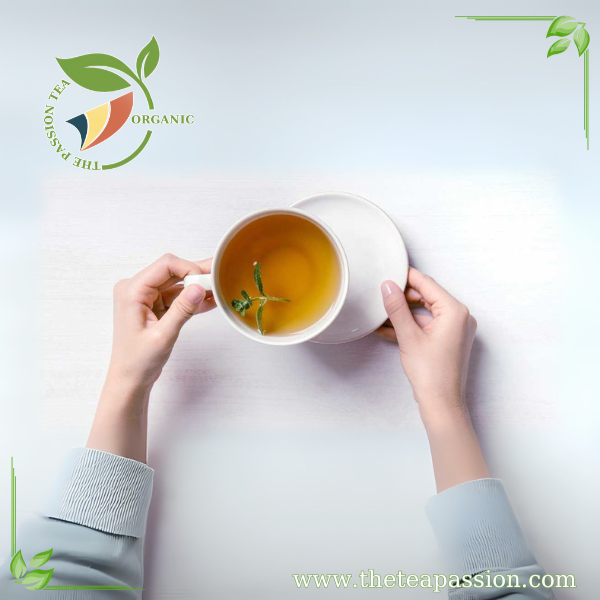
The Fancy Names You’ll Encounter
Alright, buckle up because the tea world LOVES fancy names. Some of these sound like they were invented by an aristocrat with too much time on their hands. Let’s break them down:
1. Orange Pekoe (OP)
First of all, there’s no orange in Orange Pekoe. None. Zero. Nada. The term “Orange” doesn’t refer to flavor—it’s thought to be a nod to the Dutch royal family, the House of Orange-Nassau. Because apparently, tea needed a royal endorsement.
Orange Pekoe is your baseline grade for whole leaf tea. The leaves are long, wiry, and unbroken, which makes them look pretty snazzy. If tea leaves had an Instagram account, this grade would be posting artsy flat lays with captions like, “Just woke up like this 🌿 NoFilter.”
2. Broken Orange Pekoe (BOP)
This is what happens when Orange Pekoe has a bad day and gets broken into smaller pieces. Don’t worry—it’s still perfectly drinkable and often used in blends for a stronger brew. Think of it as the scrappy underdog of the tea world.
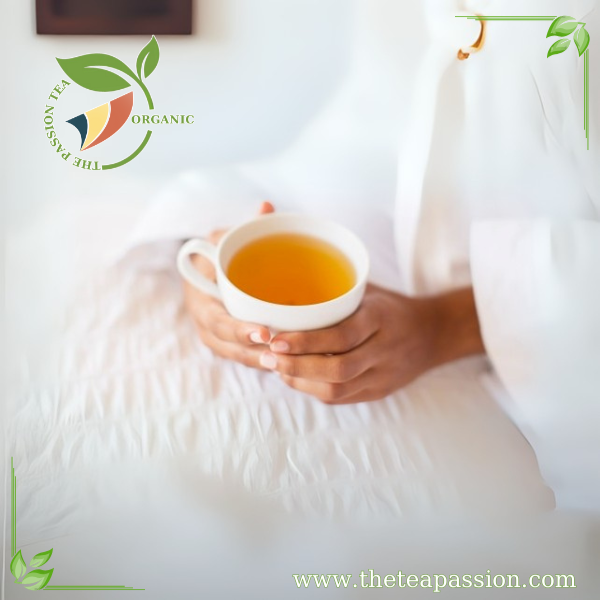
3. Fannings
Fannings are like the glitter of the tea world—tiny little specks that somehow end up everywhere. These are small pieces of tea left over after the larger leaves are sorted out. Fannings are commonly used in tea bags because they brew quickly and efficiently. So next time you sip from a bagged tea, you’re basically drinking the tea equivalent of confetti.
4. Dust
Ah yes, Dust—the grade that sounds like it should come with a side of vacuum cleaner. But don’t judge too harshly! Dust is super fine particles of tea that brew almost instantly. It’s commonly found in commercial tea bags and is great for those mornings when you need caffeine STAT and don’t have time for a fancy teapot ritual.
Dust might not win any beauty contests, but it gets the job done—kind of like that one coworker who always shows up in sweatpants but crushes every deadline.
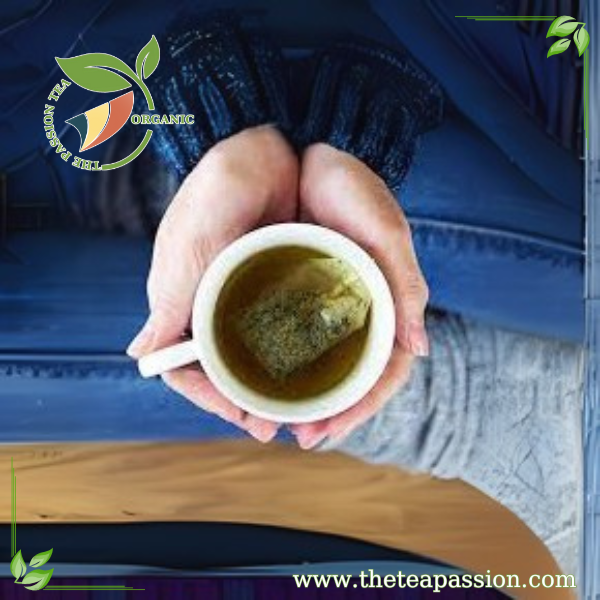
The Extra Fancy Stuff
If you’ve ever wandered into a specialty tea shop, you may have seen even fancier grades with acronyms that look like someone spilled alphabet soup on the label. Here are a few examples:
1. TGFOP (Tippy Golden Flowery Orange Pekoe)
This grade sounds like it should come with its own tiara. TGFOP refers to whole leaves with plenty of golden tips (the youngest part of the tea plant). The more tips, the fancier the tea—and the higher the price tag. If TGFOP were a person, it’d be sipping champagne in first class while casually dropping stock market tips into conversation.
2. FTGFOP (Finest Tippy Golden Flowery Orange Pekoe)
Oh, so TGFOP wasn’t fancy enough? Let’s slap “Finest” on there and call it a day! FTGFOP is basically TGFOP’s older sibling who graduated summa cum laude from Ivy League Leaf University. This grade is so elite that some tea lovers jokingly say FTGFOP stands for “Far Too Good For Ordinary People.”
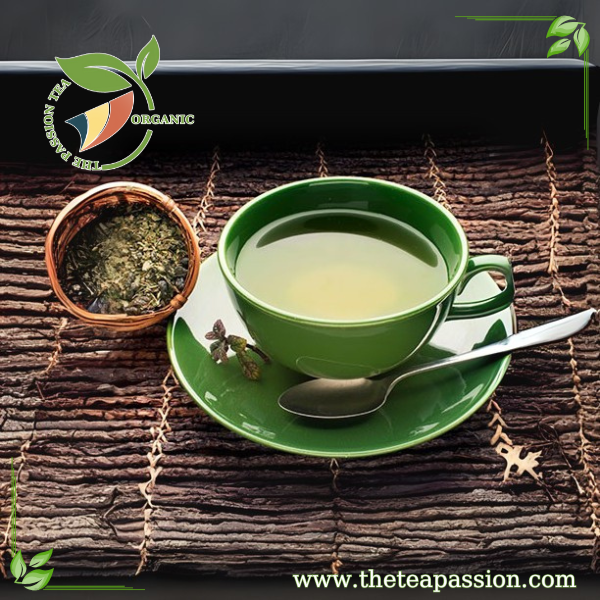
3. SFTGFOP (Super Finest Tippy Golden Flowery Orange Pekoe)
At this point, we’re just piling adjectives on top of each other like a very caffeinated thesaurus. SFTGFOP is the crème de la crème of tea grades—the Beyoncé of black teas, if you will. If you’re drinking this grade, congratulations: you’ve officially entered Tea Snob Territory™.
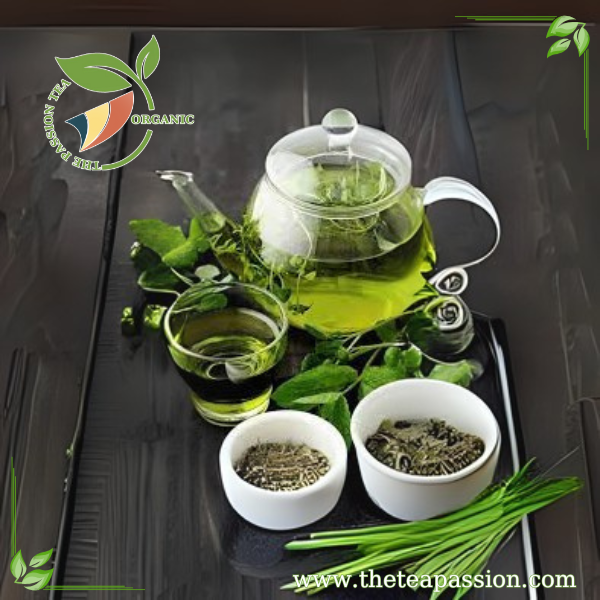
Does Grade Affect Taste?
Here’s the kicker: tea grades don’t always correlate with flavor. A lower-grade tea can taste just as delicious (if not better) than a high-grade one—it all depends on how it’s grown, processed, and brewed. In fact, some people prefer smaller grades like Fannings or Dust because they make a stronger cup of tea. So don’t let those fancy acronyms intimidate you! Drink what you love, whether it’s SFTGFOP or plain old Dust-in-a-bag.
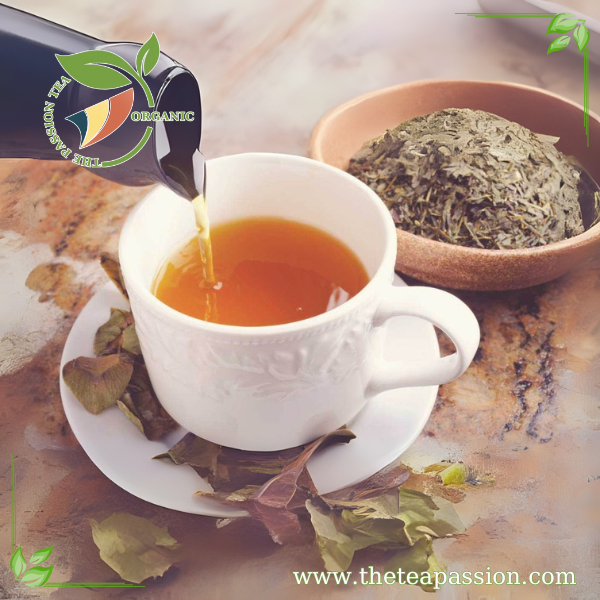
Tea Grades Around the World
While we’ve been focusing on black tea grading, it’s worth noting that other types of tea—like green, white, and oolong—have their own systems (or sometimes none at all). And then there’s matcha, which laughs at all these grading rules and just goes by color and texture instead. Because matcha is too cool for school.
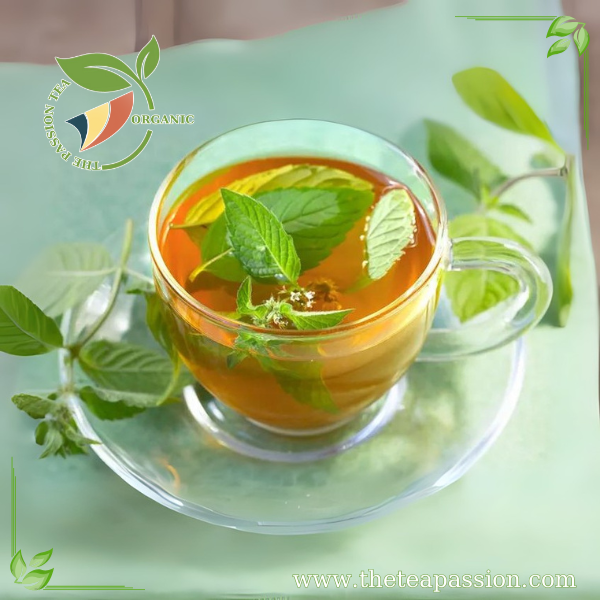
Tea grading may sound complicated, but at the end of the day, it’s just a way to describe leaves—whether they’re whole and elegant or tiny and scrappy. So next time you’re sipping your favorite brew, take a moment to appreciate the journey those leaves went through to reach your cup. Or just laugh at the fact that someone out there thought “Super Finest Tippy Golden Flowery Orange Pekoe” was a reasonable name for anything.
Now go forth and enjoy your tea—whether it’s Dust or FTGFOP—and remember: life’s too short to stress over leaf sizes!
